
MATERIAL & COLOUR
Should I use STAIN or OIL?
Cedar Staining
Cedar staining provides a strong and effective barrier against harmful UV rays and the harsh New Zealand climate. By sealing the surface, stains protect your cedar from weather damage, making them ideal for weather-dried timber or timber in rough condition. Staining usually requires two coats. The first coat penetrates the cedar to start the sealing process, and the second coat enhances the colour and adds extra protection against moisture and sun damage. Cedar stains are available in a wide range of colour tones, allowing you to choose a finish that complements your home while giving it a fresh, modern appearance.
Cedar Oil Treatment
Cedar oil treatment works differently from staining. While stains stay closer to the surface, oil penetrates deeply into the timber, sealing cedar weatherboards that have lost their natural oils. This method usually requires only one coat, making it efficient while still providing strong protection. Cedar oil is best suited for clean or pure cedar exteriors and helps restore the timber’s natural beauty. Oils are also available in various tints, allowing you to achieve the look you want while keeping your home well-protected from Auckland’s weather.
Cedar Treatment – FAQ
Q1. Is one coat of cedar oil enough?
Yes, in most cases one coat is sufficient. Unlike stains that form a film on the surface, cedar oil penetrates deeply into the timber, sealing and protecting it from UV rays, moisture, and weather exposure. This makes a single application effective for long-lasting protection.
Q2. When should a second coat of oil be applied?
It depends on the timber condition. A second coat is recommended if:
-
The timber is old, dry, or heavily weathered
-
The first coat is absorbed quickly and the surface still looks dry
-
You want a deeper or richer colour finish
In these cases, it’s best to apply the second coat after at least 24 hours of drying time following the first application.
Q3. How often should cedar oil be reapplied?
In New Zealand’s harsh climate with strong UV rays and high humidity, cedar oil should be reapplied every 2-3 years. Regular maintenance ensures the cedar weatherboards remain well-protected, while keeping the natural look and feel of the wood.
Q4. How often should cedar stain be reapplied?
Cedar stain should generally be reapplied every 3–5 years, depending on the exposure to the elements. Transparent stains may need more frequent maintenance, while darker stains last longer.
Q5. What maintenance is needed after oiling or staining cedar?
-
Regular Cleaning: Wash exterior surfaces once or twice a year to remove dirt, mold, and moss.
-
Check for Moisture: Make sure gutters and downpipes are clear to prevent water damage.
-
Touch-ups: If small areas fade due to sun exposure, touch them up before the whole house needs re-coating.
-
Avoid Harsh Chemicals: Use mild detergents or professional house washing services instead of strong chemicals that may strip the finish.
💡 Tip: For long-lasting results and hassle-free upkeep, subscribe to our Cedar Innovation Service’s regular washing service. Our professional cleaning will keep your cedar cladding fresh, mold-free, and protected all year round
Give ideas to choose
your Material & Colour
Before
After
Before
After
Before
After
Before
After
Resene Woodsman Stain- English Walnut
Resene Woodsman Stain- Bushtrack
Resene Woodsman Stain- Pitch Black
Resene Woodsman Stain- Warm Khaila
Resene Woodsman Stain- Cedar
Resene Woodsman Stain- Dark Oak
Resene Woodsman Stain- Driftwood
Resene Woodsman Stain- Uluru
Resene Woodsman Stain- Smokey Ash




















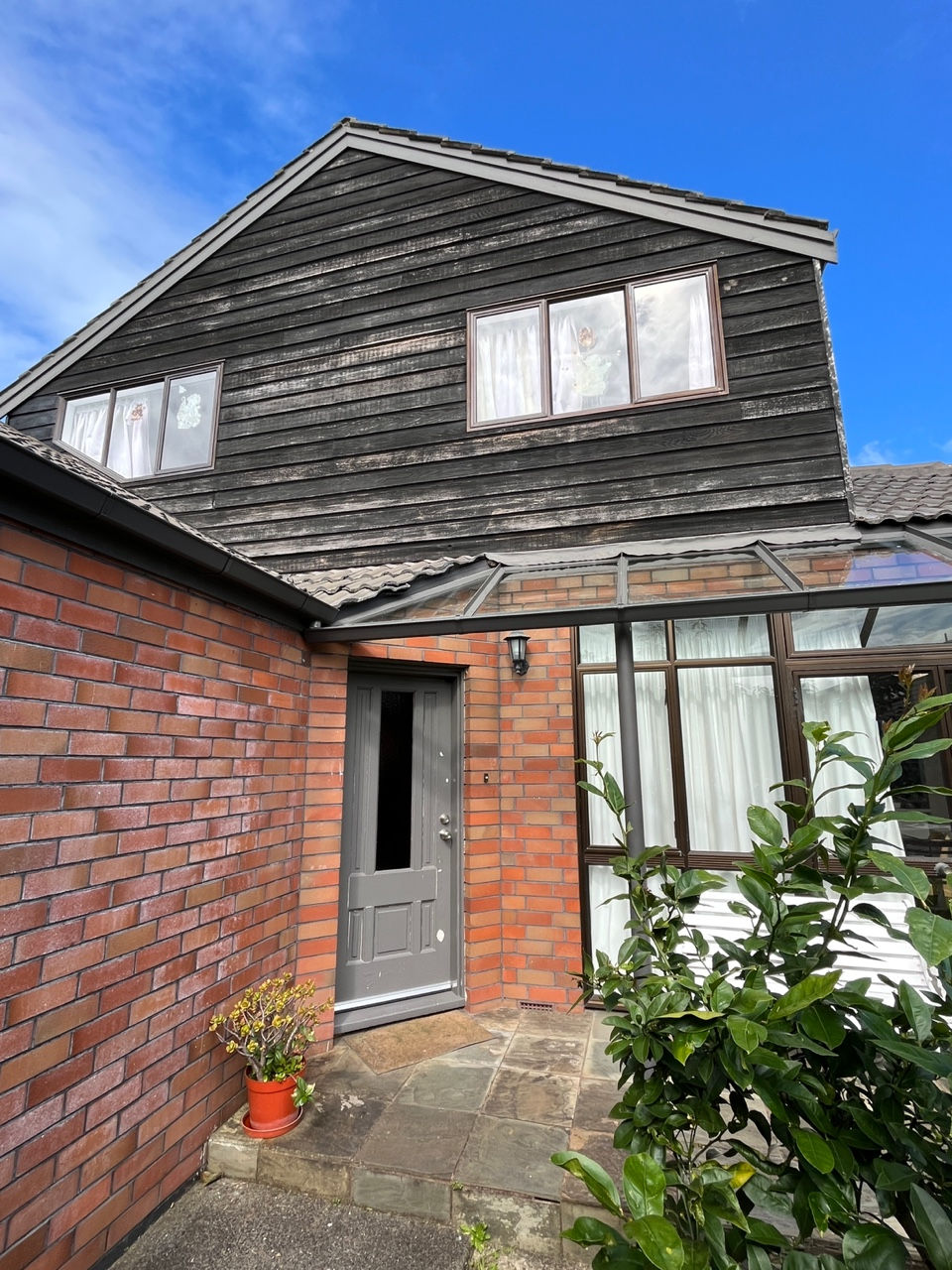
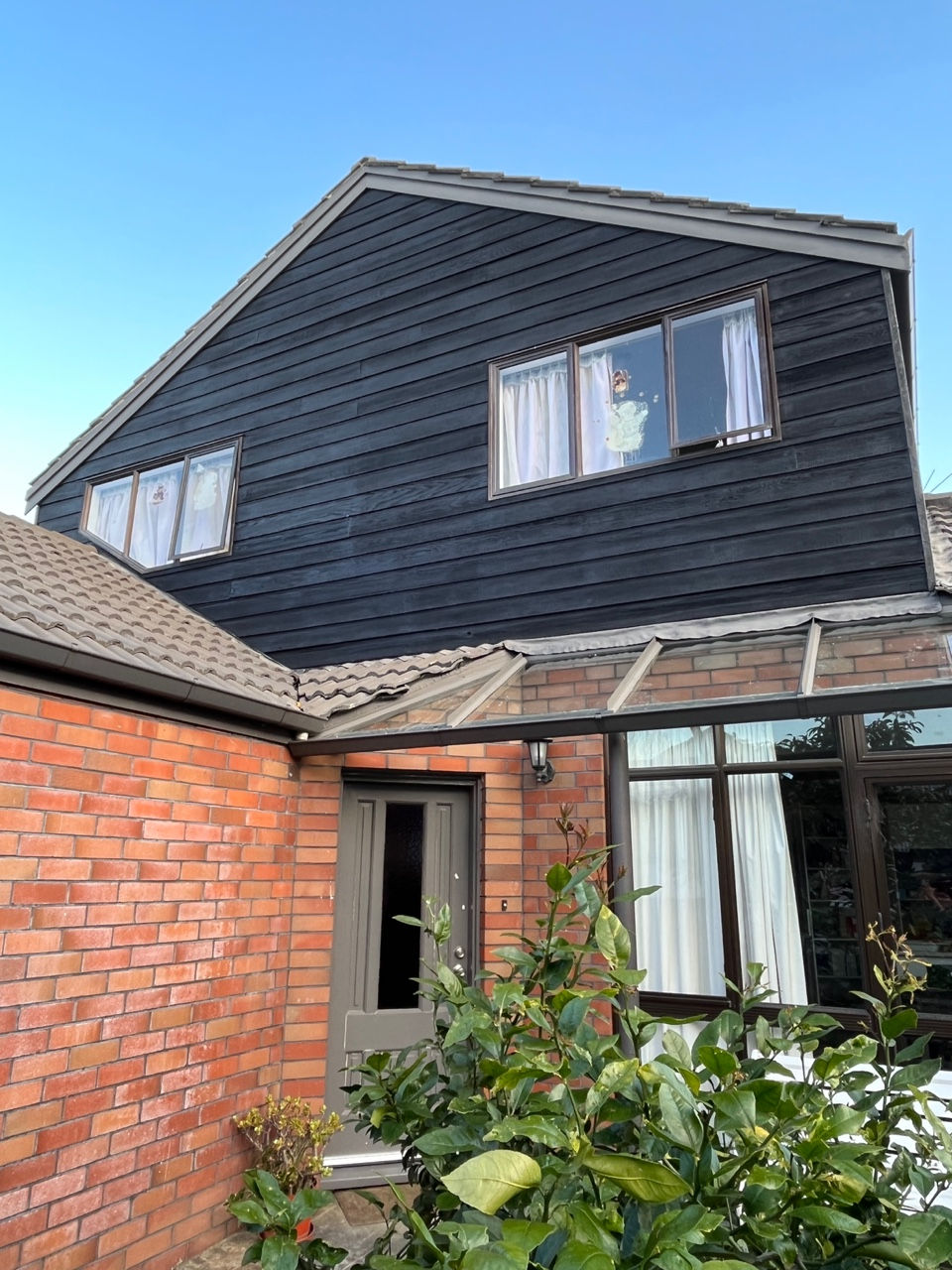
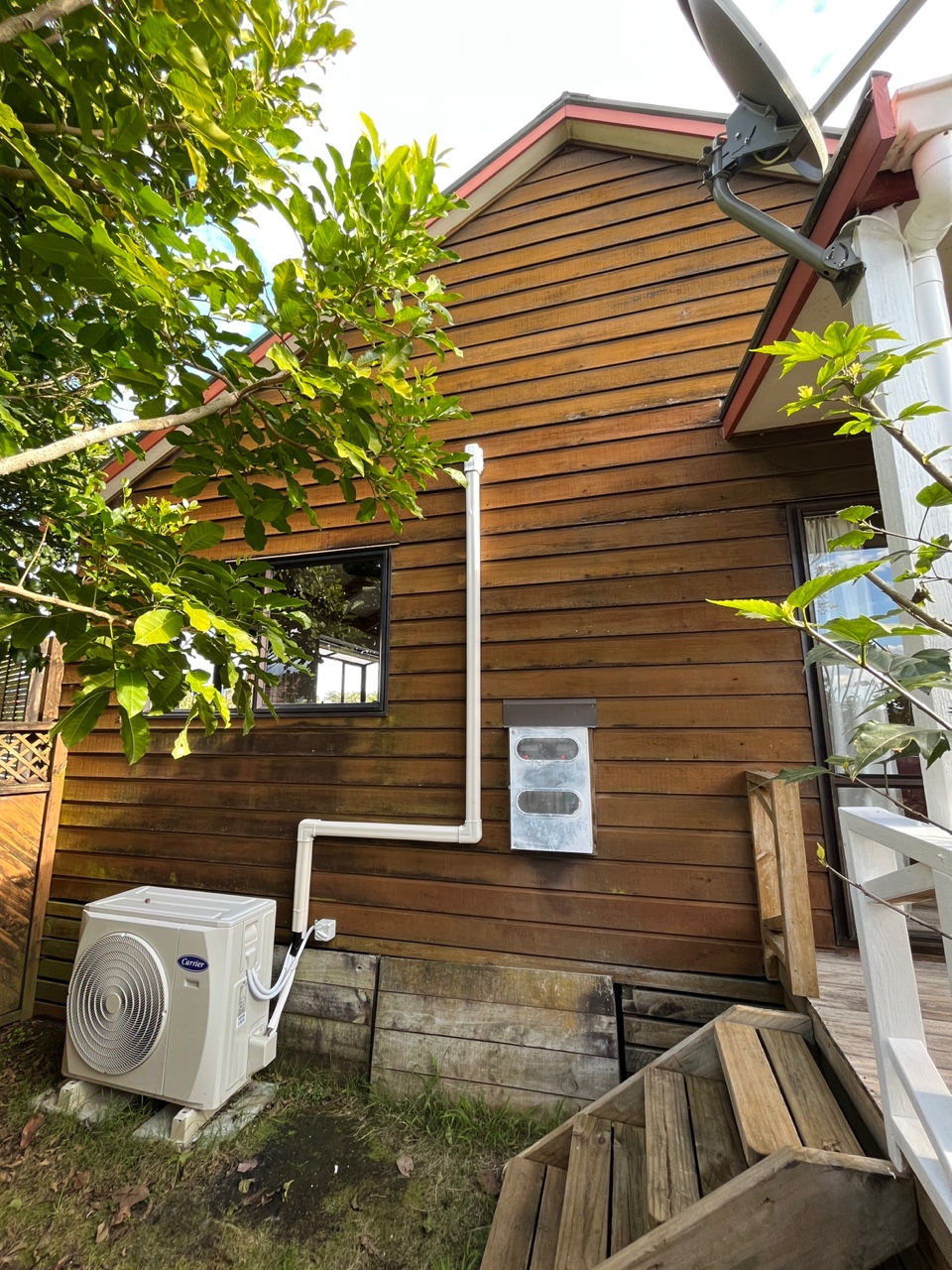








































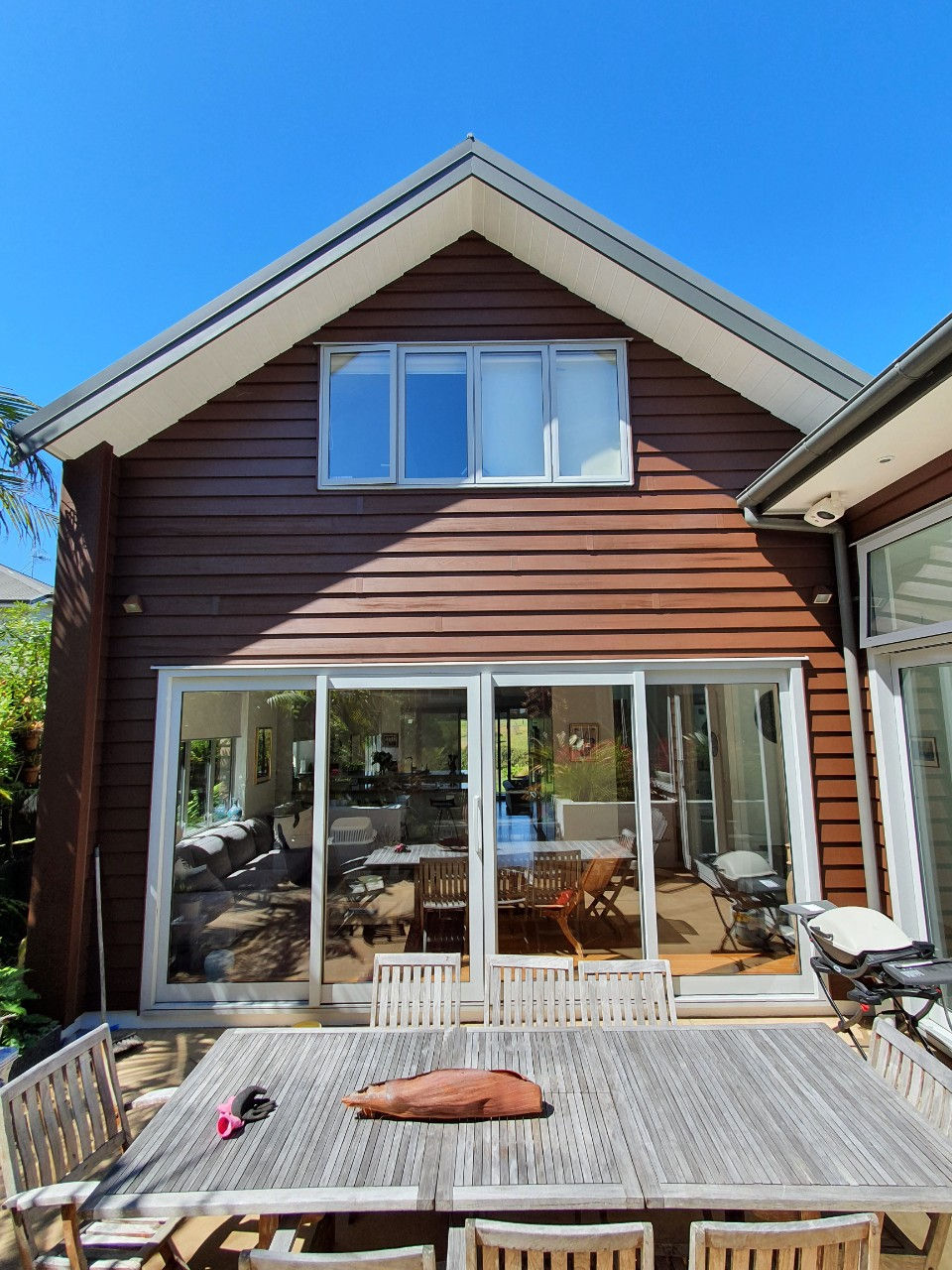








Resene Woodsman Stain- Bushtrack
Resene Woodsman Stain- Midnight Brown
Resene Woodsman Stain- Nutmeg
Resene Woodsman Stain- Timberland
Resene Woodsman Stain- Iroko
Wood-X Oil- Kauri Gum
Wood-X Oil- Gold Rush
Wood-X Oil- Mount Honey
Wood-X Oil- Stockade
Wood-X Oil- Flint
Wood-X Oil- Foundary
Wood-X Oil- Cascade

















































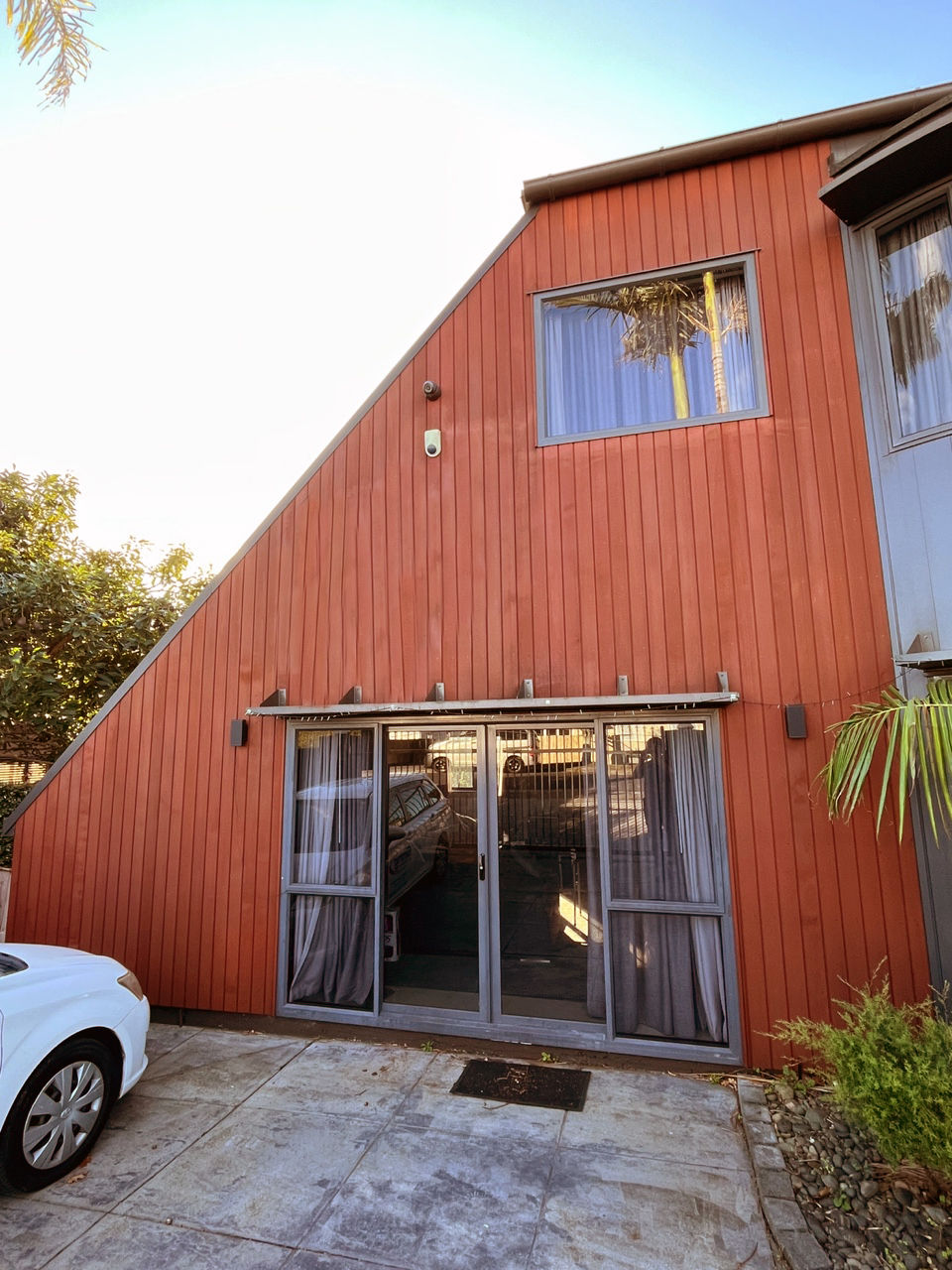

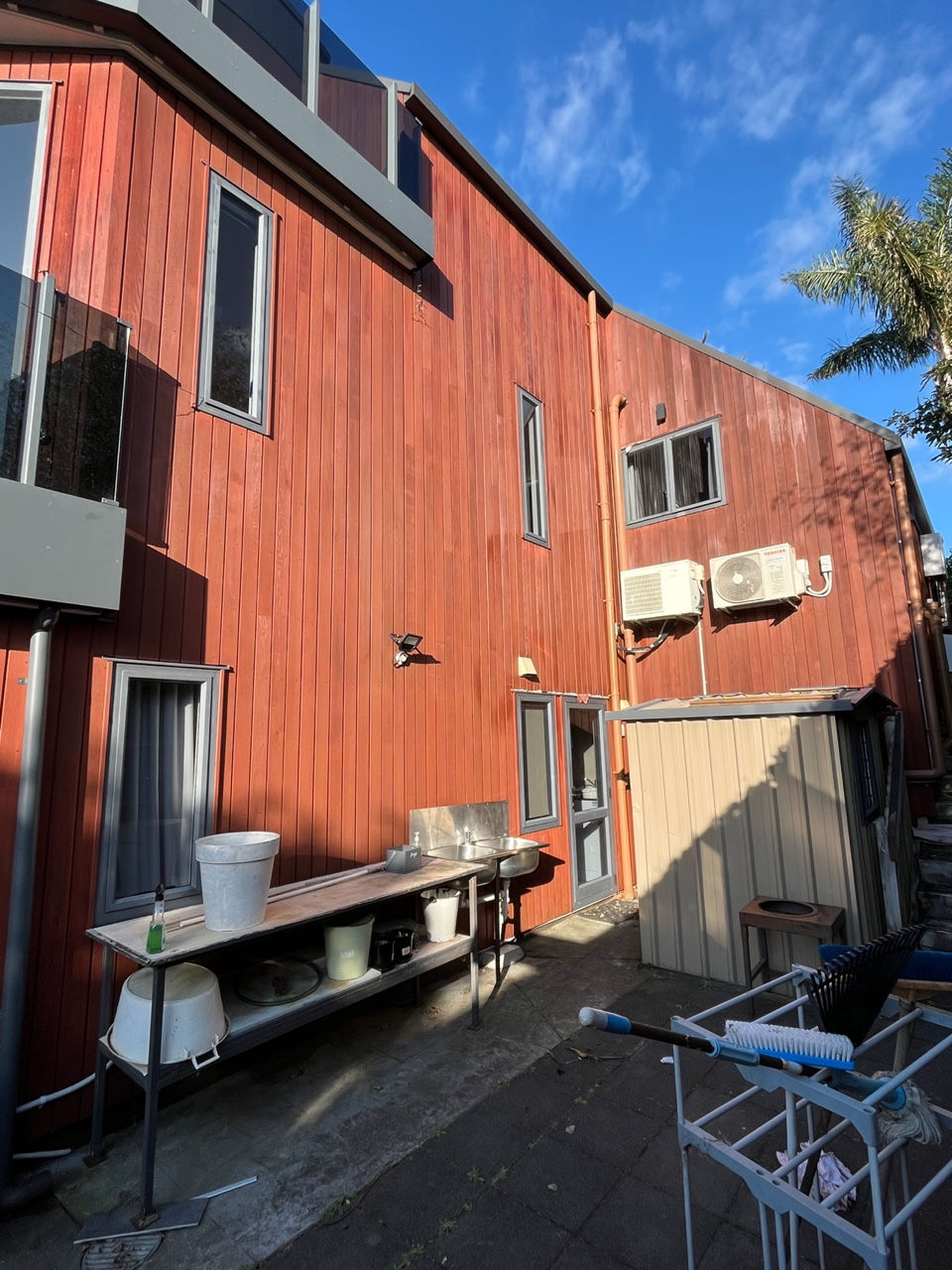
Wood-X Oil- Gold Rush
Wood-X Oil- Stockade
Wood-X Oil- Flint
Wood-X Oil- Veil
Wood-X Oil- Foundary
Dryden WoodOil- Goldleaf
Dryden WoodOil- Goldleaf
Dryden WoodOil- Birch
Dryden WoodOil- Clear
Dryden WoodOil- Slate
Dryden WoodOil- Teak
























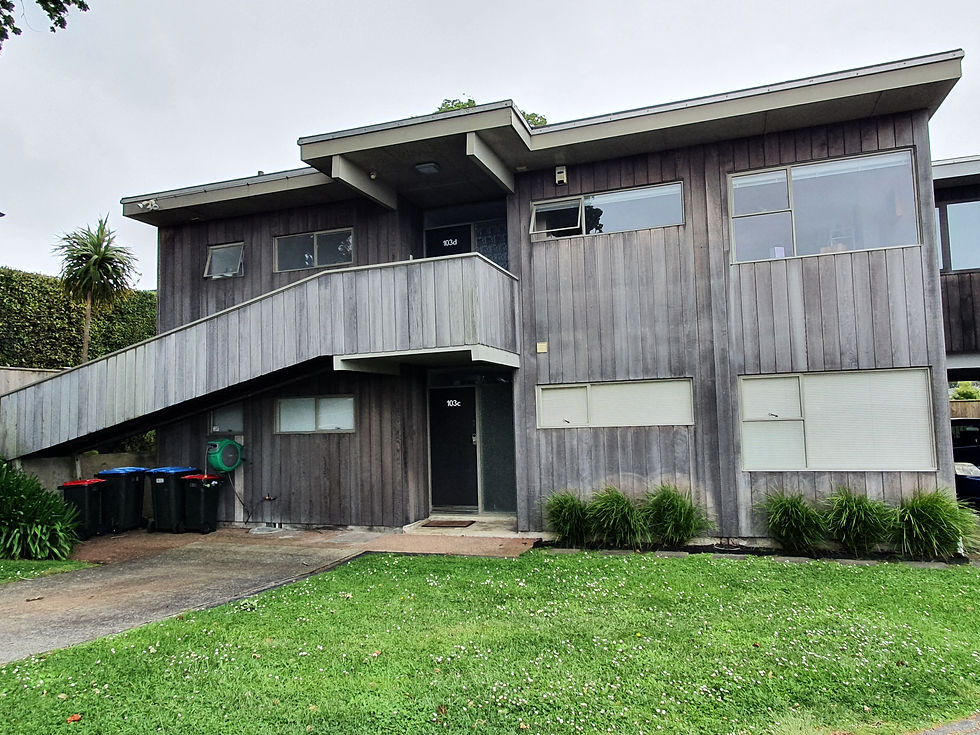











Dryden WoodOil- Birch
Dryden WoodOil- Ironsand
Dryden WoodOil- Teak





